10 Most Unusual Olympic Sports in History
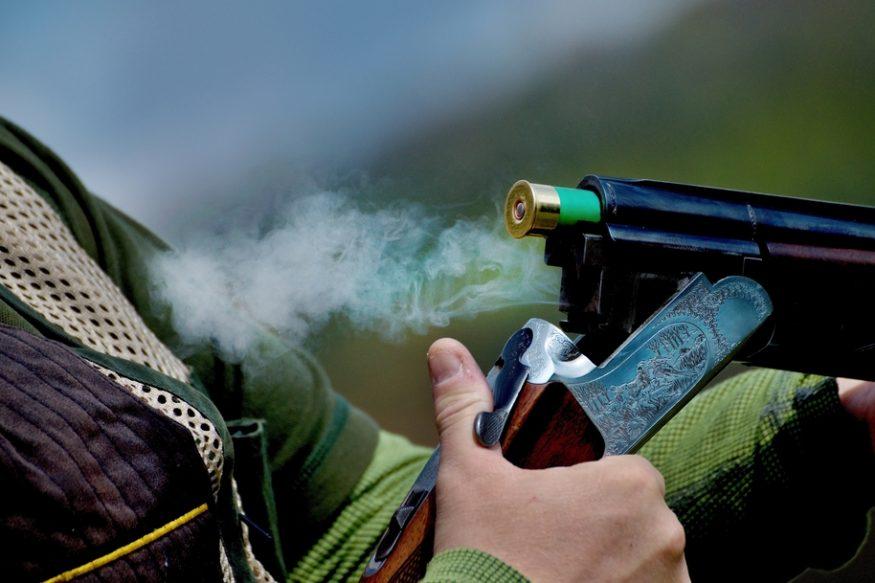
The Olympic Games have constantly evolved, adding exciting new events and bidding farewell to others. With Tokyo's delayed 2020 Olympics introducing modern sports like skateboarding, surfing, and sport climbing, it's worth taking a look back at some of the strangest competitions ever to grace the Olympic stage. Here are the ten most bizarre Olympic sports that left us amazed, amused, or simply bewildered.
Rope Climbing: Scaling New Heights Without Feet
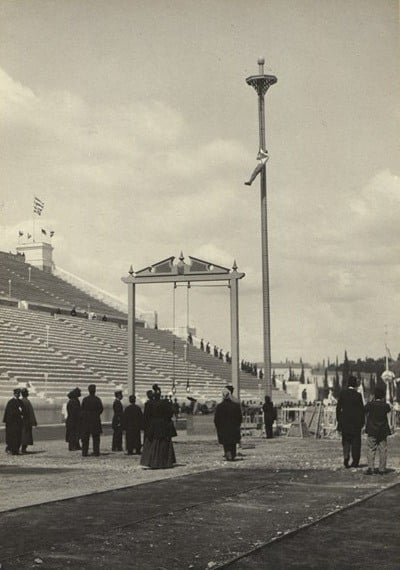
Rope climbing was a featured gymnastics discipline at the Olympics in 1896, 1906, 1924, and 1932. Early on, athletes were judged for both speed and climbing technique. In later editions, only the fastest ascent mattered - and the main rule was that only hands could be used; legs were strictly off-limits. This demanding event combined strength, agility, and grit, but eventually vanished from the program.
Live Pigeon Shooting: A Short-Lived and Controversial Event
Held at the 1900 Paris Games, live pigeon shooting is notable for being the only time in Olympic history that animals were intentionally killed for sport. Instead of targeting clay pigeons, competitors took aim at real birds released on the field, with over 300 pigeons reportedly shot during the contest. The event was not repeated, paving the way for clay targets in later shooting competitions.
Race Walking: The Strict Art of Speed Walking
Race walking isn't just a brisk stroll-it has its own set of rigid rules. Competitors must ensure one foot is always in contact with the ground, with the leading leg straightening from the moment of contact until passing beneath the body. These rules distinguish race walking from running and demand immense technique and endurance, transforming a simple walk into a highly competitive sport.
The result is a grueling competition that pushes athletes to their physical and mental limits.
Tug-of-War: Team Strength on the World Stage
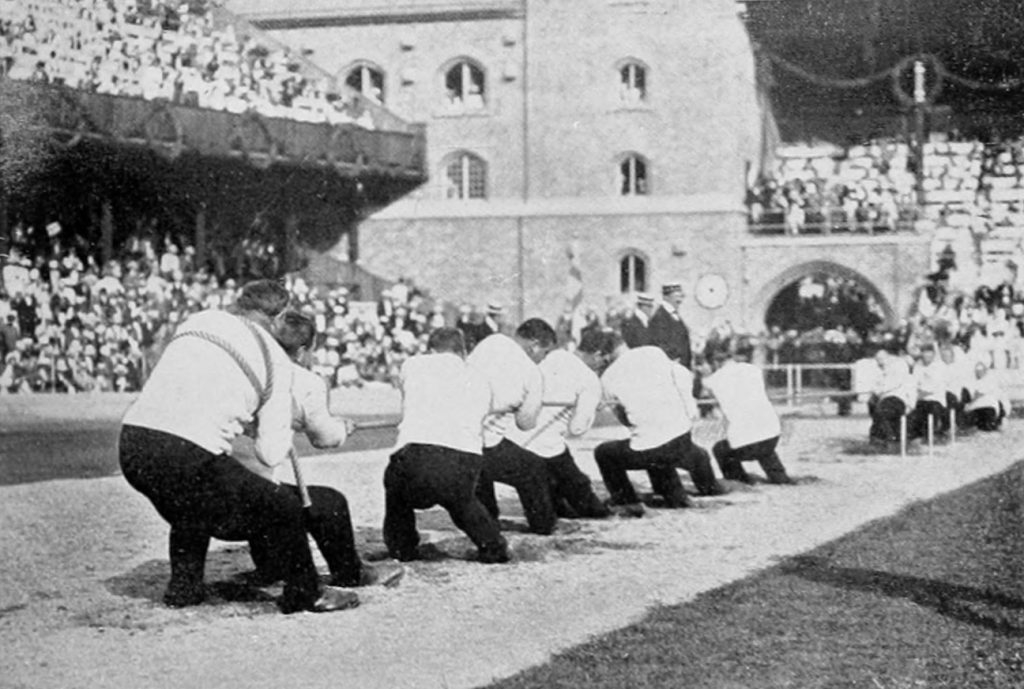
From 1900 to 1920, tug-of-war added a festival feel to the Olympics. Teams of eight - occasionally with mixed nationalities - competed to drag their opponents a set distance of six feet, or to gain the most ground within five minutes. British teams, mainly comprised of police officers, dominated this contest, securing multiple medals. Ultimately, the event left the schedule, but it remains one of the most memorable displays of group power and coordination.
Swimming Obstacle Course: An Aquatic Challenge Beyond the Pool
At the 1900 Paris Olympics, swimmers faced more than just water-they navigated a course scattered with three obstacles. Participants had to climb over poles, scale boats, and swim under more floating barriers, all set in a river. This blend of swimming and obstacle navigation never returned, but it gave a whole new twist to aquatic competition.
Dueling Pistols: Target Shooting With a Dramatic Twist
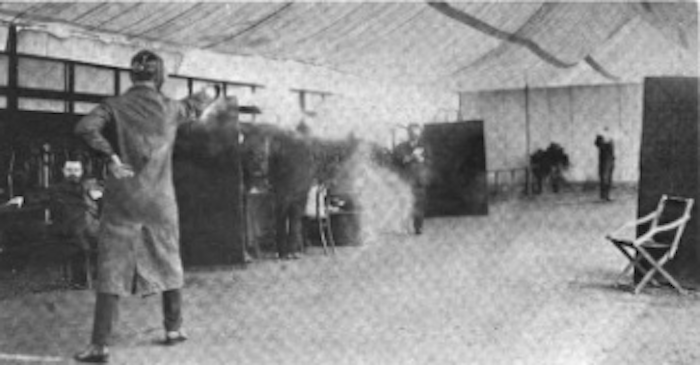
Far from the deadly duels depicted in historical dramas, the 1906 Intercalated Games in Athens featured competitors firing pistols at plaster dummies from distances of 20 to 30 meters. This event, which never became a permanent fixture, was a dramatic but thankfully bloodless take on shooting sports.
Hot Air Ballooning: Soaring Above as a Demonstration Sport
Hot air ballooning floated into Olympic history in 1900-not as a medal event, but as a demonstration. Pilots earned points based on criteria like flight distance, duration, and altitude. Despite its novelty and the sense of adventure it inspired, ballooning was never adopted as a full Olympic sport.
Horse Long Jump: Equines Attempt to Outleap Humans
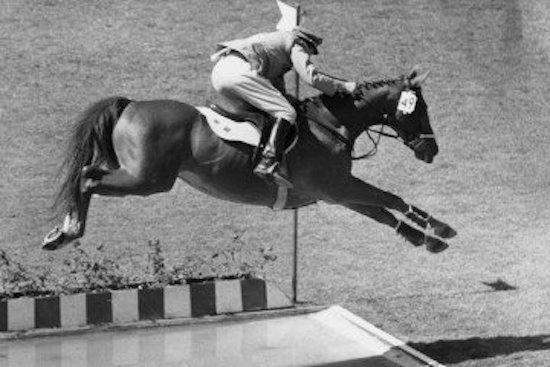
The horse long jump appeared only once at the 1900 Paris Olympics. Belgian rider Constant van Langendonck and his horse Extra Dry won with a leap of 6.10 meters, but horses couldn’t match exceptional human records. Its lack of popular appeal and difficult logistics meant it faded quickly from the Olympic lineup, along with the horse high jump.
❗️BREAKING❗️
19 year old @juanmiguelechevarri just jumped 8️⃣.8️⃣3️⃣m (28’11.63”) +2.1 today at the Diamond league!! It is the furthest jump ever produced in any conditions since 1995!! pic.twitter.com/uZ8ojqY9oK- Jumpers World (@jumpers_world) June 10, 2018
Solo Synchronized Swimming: Dancing Alone in the Pool
Perhaps no Olympic event name has caused more confusion than solo synchronized swimming. How does an individual synchronize with others while alone? In this short-lived sport (1984, 1988, 1992), athletes coordinated their choreography to music, aiming for precision and flair. Eventually, organizers consolidated this into the team synchronized swimming events seen today.
Town Planning: Designing Cities for Olympic Medals
Between 1928 and 1948, the Olympics awarded medals for town planning under the architectural design segment of the arts competitions. Entries were judged on vision and design, though not all victorious plans, like Brooklyn's Marine Park, were ever adopted. This unique blend of urban design and Olympic glory stands as a reminder of the Games' surprisingly broad definition of "sport."
Strange Sports, Olympic Legacy
From physical feats to outlandish ideas, the Olympic Games have showcased a remarkable range of events over the decades. While many of these odd competitions have disappeared, their stories continue to intrigue and inspire-proof that the Olympic spirit is as much about creativity as competition.













